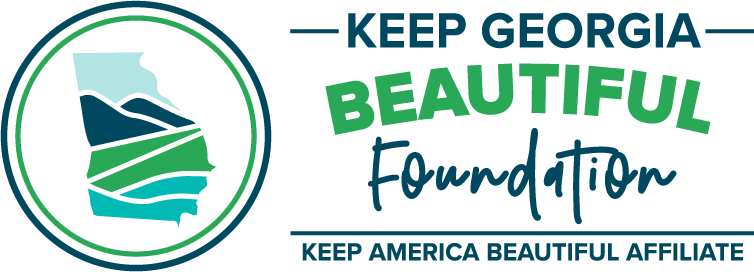10 Ways to Participate in Pollinator Week
It’s time to celebrate the tiny heroes that keep our ecosystems thriving. Bees and butterflies, among others, play a vital role in ensuring food security and enabling our flowers to bloom. Whether you’re an avid gardener or simply enjoy spending time in nature, there are countless ways to get involved. Keep on reading to browse some of our favorite ideas.
1. Increase nesting habitat for native bees.
Wild species, like mason or leafcutting bees, are solitary, which means females build individual nests in tunnels rather than living in colonies. You can help them do this naturally by leaving one or more bare spots in the corner of your yard (this means no mulch), so they can burrow into the dirt, or by saving dead logs or branches for them. If you grow raspberries or other plants with hollow stems, don’t cut back the spent branches—these make wonderful homes for them as well. Alternatively, you can purchase a bee house or build one on your own. Check out this guide from the Pollinator Partnership for more.
2. Install native plants for every season.
The best way to support native species is to provide them with native plants. We love the ecoregional planting guides from the Pollinator Partnership. All you have to do is enter your zip code to find flowers and shrubs that will thrive in your area. Just remember that our winged friends need food throughout the year. Try to select a variety of options that will complement each other and bloom from spring through fall. If you’re starting now and can’t find anything to plant for the earlier months, don’t sweat it! Plant what you can now, and make a note of what you’ll need to add next year.
3. Make your pollinator paradise official.
Have you ever thought about registering your garden in a national database? One way to do it is to become a BFG (Bee Friendly Gardening) member. You can also add your yard to the Homegrown National Park map. These are only two examples, but each one offers an online community, tips and resources, and ways to further expand your impact. It doesn’t matter if you’re just starting out or a seasoned veteran—anyone can join this movement!
4. Attend a pollinator festival or explore a garden near you.
National Pollinator Week has been official for over fifteen years. As it grows in popularity, you’re certain to find an event near you! Check with your local Keep America Beautiful affiliate or similar groups in your area to see if they’re offering garden tours, festivities, giveaways, or other learning opportunities.
5. Be a friend to bats.
Did you know that bats pollinate over 700 plants around the world, including many that grow right here in Georgia? In addition to dispersing seeds and wolfing down mosquitoes and other pests, they drink nectar at night with their long tongues. Pollen from these plants sticks to their bodies and they transfer it to other flowers when they move on. You can help them by including white or other light-colored blooms in your garden, since these are easier to see at night. You can also provide shelter by purchasing or building a bat house. Bat Conservation International has some great guidelines and instructions, in addition to recommendations for plants.
6. Adapt your outdoor space for moths.
The role moths play as pollinators can also be overlooked. Studies show that they actually visit more species of flowers than butterflies and bees, and their hairy underbellies make them super efficient at transferring pollen. Just like with bats, you can support these mostly nocturnal creatures by incorporating white or light-colored blooms into your garden design. It’s also imperative that you shut off as many lights as possible at night, as this can disorient or even harm them. This includes drawing your blinds once it’s dark!
7. Install a bird bath.
Animals and insects need water in hot weather, just like us. By installing one, you’ll not only support feathered friends like cardinals and wrens. Butterflies, bees, and moths will take a sip as well! To ensure access, make sure you purchase a model that has slits around the edges for them to land on and get close to the water. (You can also place large stones in the center.) If a traditional bird bath isn’t in your budget, you can place the lid from a planter on the ground, or even repurpose an old casserole lid or other shallow dish. Keep the area clean (and the mosquitoes away) by replacing the water every couple of days.
8. Make your yard hummingbird-friendly.
You guessed it—hummingbirds are pollinators too! To attract them to your yard, you can always purchase a special feeder. (It’s easy to make nectar for them at home.) We also recommend filling your garden with flowers they like. Hummingbirds are particularly attracted to red, orange, pink, and yellow blooms, as well as tubular options they can uniquely access with their long bills. Try honeysuckle, foxgloves, fuschia, or Indian pink.
9. Try a fun recipe from the Pollinator Cookbook.
As you may already know, pollinators provide one out of every three bites of food. Why not create a culinary masterpiece that honors the crucial work they do? We’ve got our eye on the blueberry pancakes and the bee sting tequila.
10. Spread the word
We can make such a big difference by taking small steps together! Please remember to share this with your friends, family, and colleagues. We certainly appreciate it, and our pollinator friends do too.

